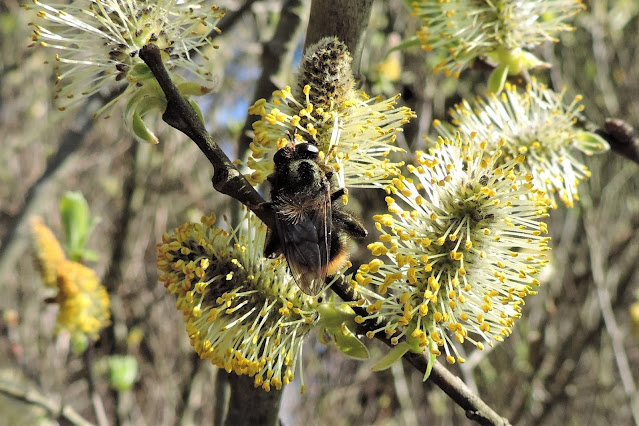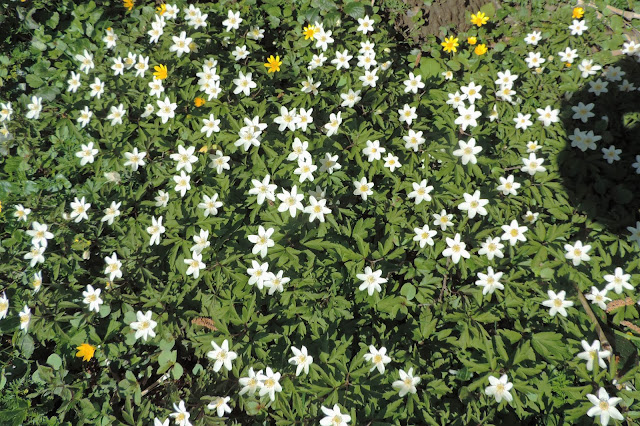Just had my specimen results back from Roger Morris of the Hoverfly Recording Scheme for 2020 and the results are good.
New for valley
Cheilosia psilophthalma [143] - 19 April 2020, Blaencaerau - 2 female - *** new for Glamorgan ***, 2nd & 3rd for Wales (Harlech 1997) and 18th and 19th for Great Britain.
A very rare species of unimproved grassland, the larva feed on Mouse-ear Hawkweed and the adult feeds on blossoms nearby, in this case Sallow.
Important records
Psilota anthracina - 24 May 2020, Lletty Brongu woods - female - following on from 2019's discovery at Gilfach, Top Llangynwyd (3 records) which were new for Wales another was found in the mature woodland at the sewage works. The Llynfi valley records are still the only records for Wales.
Good records
Melangyna cincta (1), Chrysogaster virescens (1), Neoascia meticulosa (1), Platycheirus tarsalis (1), Cheilosia lasiopa (2), Brachyopa scutellaris (1), Melangyna lasiophthalma (3), Platycheirus angustatus (2), Platycheirus occultus (2), Dasysyrphus venustus (1), Parasyrphus lineola (1), Melangyna compositarum/labiatarum agg. (1) (these species are now considered to be the same).
Common records
Cheilosia proxima (13), Cheilosia albitarsis (8), Cheilosia vernalis (1), Cheilosia fraterna (2), Cheilosia variabilis (3), Paragus haemorrhous (1), Platycheirus scutatus (1), Cheilosia scutellata (5), Melanogaster hirtella (1), Cheilosia pagana (2), Sphegina elegans (1), Pipizella viduata (1), Syrphus vitripennis (2)





















